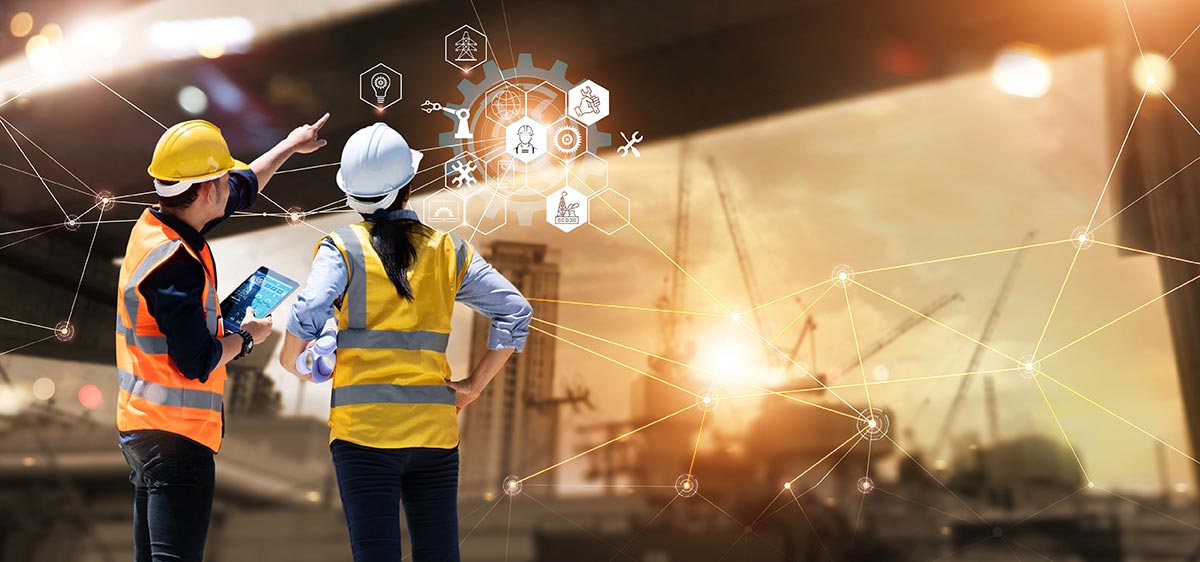In the fast-evolving world of construction, the adage of working smarter, not harder, has never been more relevant. As a seasoned real estate developer, I have witnessed firsthand the transformative impact that technology has had on the construction industry. Today, I want to share insights into how these technological advancements are revolutionizing the way we build, making processes more efficient, sustainable, and cost-effective.
Embracing Technological Innovation
The construction sector has traditionally been viewed as slow to adopt new technologies. However, the tide is turning. Driven by the need for efficiency and spurred by the digital revolution, the industry is now embracing a range of technologies, from software solutions to automated machinery, which are profoundly changing how projects are planned, executed, and managed.
Building Information Modeling (BIM)
One of the most significant advances in construction technology in recent years has been the adoption of Building Information Modeling, or BIM. This digital representation of physical and functional characteristics of a facility allows for better decision-making throughout the construction life cycle. BIM enhances the ability to visualize projects, improves accuracy in planning and execution, and facilitates better communication among stakeholders. By using BIM, we are able to streamline operations, reduce errors, and save on costs, thereby increasing overall efficiency.
Advanced Materials and Techniques
Innovation isn’t just digital. It’s also profoundly material. New materials and construction methods are emerging that are greener, more efficient, and more adaptable than ever before. Self-healing concrete, aerogels for super-insulation, and thermochromic glass are not just concepts but are being integrated into today’s projects, pushing the boundaries of what buildings can do in terms of energy efficiency and environmental impact.
The Role of Automation and Robotics
The introduction of robotics and automation in construction has been a game-changer. Robotic arms now perform repetitive tasks, drones carry out site surveys, and automated machinery lays bricks or pours concrete. These tools help improve precision and efficiency while reducing the human error factor and enhancing worker safety. As we move forward, the role of robotics is only set to increase, with innovations like 3D printing buildings offering the potential to dramatically shake up how we approach construction projects.
Enhancing Productivity
One of the primary benefits of integrating automation and robotics is the substantial increase in productivity. These technologies allow us to complete projects faster than traditional methods and enable construction activities to continue around the clock if necessary. They are particularly useful in environments that are hazardous to human workers, thus not only speeding up the construction process but also ensuring safety.
Sustainable Practices and Green Technology
As environmental concerns become more pressing, the construction industry is under increasing pressure to reduce its carbon footprint. Technological advancements are playing a crucial role in making construction more sustainable. For instance, technologies that enable more efficient use of resources or that monitor energy use in real-time can make a substantial difference in the environmental impact of a building over its lifetime.
Green Construction Tech
Innovations such as solar-powered heavy machinery and electric construction vehicles are reducing reliance on fossil fuels in construction sites. Smart glass and energy-managing software integrated into buildings help optimize energy consumption, significantly reducing a building’s operational costs and environmental impact.
The Human Element
Despite the rapid advancement of technology, the human element remains central. Technology is a tool, and its success depends on how well it is wielded by the people behind it. Training and development are thus integral to technology adoption in the construction industry. Teams need to be trained not only on how to use new technologies but also on how to adapt to the changing landscapes of construction sites that these technologies bring about.
Looking Ahead
As we look to the future, the potential of technology in construction continues to expand. We are moving towards more integrated systems, where data from IoT devices in buildings can be analyzed in real time to inform maintenance and operational decisions. The integration of AI and machine learning can further enhance the predictive capabilities of management systems, leading to smarter, more reactive, and adaptive building strategies.
For industry leaders like myself, staying ahead of the technology curve is not just beneficial—it’s essential. It is the key to building smarter, reducing waste, and delivering projects that are not only efficient but also resilient and sustainable. The future of construction is here, and it is our responsibility to harness these innovations to build a better world.
As we continue to embrace these advances, we foster an industry that is not only more productive and safer but also more in tune with the environmental and societal needs of the 21st century. Let’s build smart, not hard.
